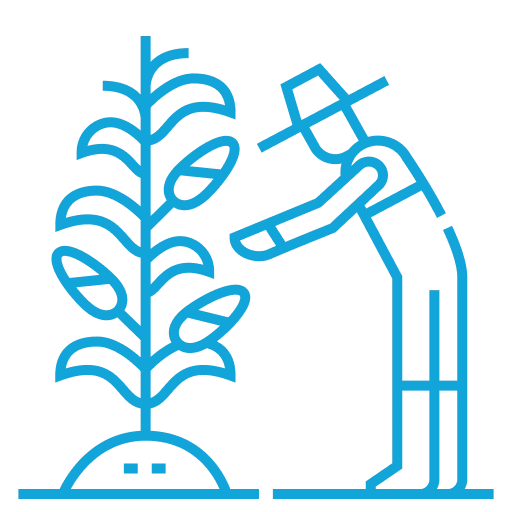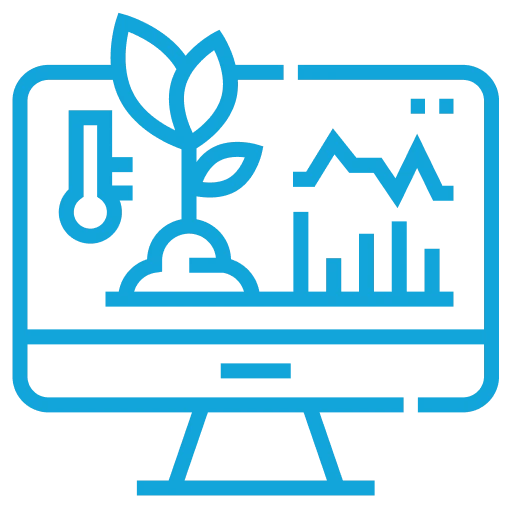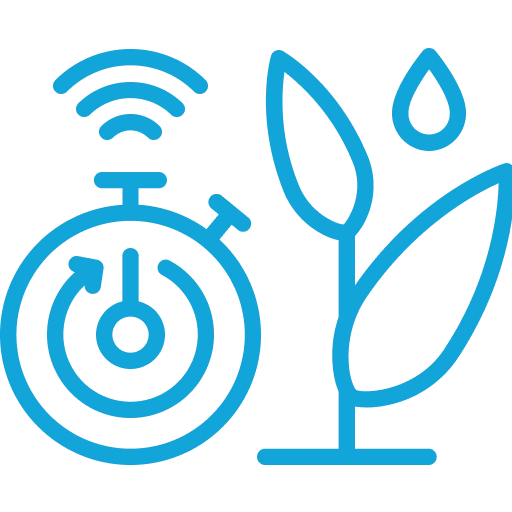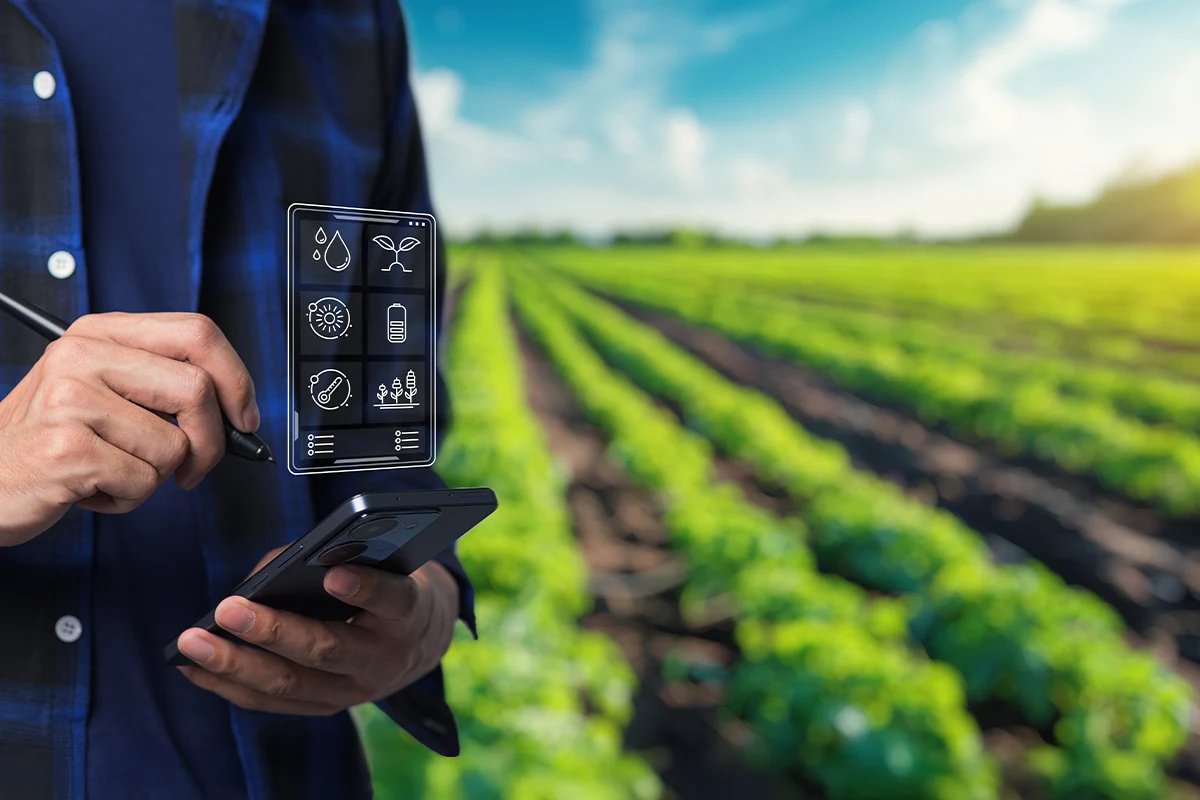How precision farming tools can help farmers become resilient
Food security is essential to achieving the United Nation’s second Sustainable Development Goal of ‘zero hunger’. A Nature Food article reviewed 57 global food security predictions to conclude that global food demand is set to increase by 35% to 56% by 2050. However, there is an enormous strain on global food production due to climate change, limited availability of arable land, and population growth.
Rapid climate and environmental change have increased natural disasters, pests, and diseases. Crops and arable land have been destroyed by floods, forest fires, droughts, and salinization. The area under cultivatable land is also shrinking alarmingly due to increasing urbanization. Digitalization in agriculture and the development of climate-resilient, smart agricultural models with precision farming will herald responsiveness – the foundation of resilience and this is the way to overcome food shortages in the future.
Why farmers should take up precision farming
Throughout much of agricultural history, farmers made decisions based on knowledge handed down orally through generations, and recollection and observation of the seasons and local and regional weather. However, this method has multiple disadvantages.
- Recollection and observation are not based on recorded information or data and hence are not always accurate
- Seasons, rainfall, temperature, etc. have become unpredictable and undependable because of climate change
- Most often soil fertility is not identical within and between fields; however, farmers apply agri-inputs uniformly based on experience
- Uniform application results in under- and over-application of agri-input resources
- Over-application of inputs pollutes the environment, impacting the surface, drain-off and groundwater, and the soil
Smart farming enhances responsiveness through timely access to information and actionable insight
Fortunately, farmers now have site- and crop-specific management technologies that give them timely access to real-time information for data-driven decision-making. Global positioning and geographic information systems, variable rate technology, grid sampling, yield maps, remote and proximate sensors, unmanned aerial vehicles, automation and robotics, micro-irrigation systems, and data analytics software are some of the farming digitization technologies leveraged to generate knowledge inputs needed by farmers. A big plus is the availability of these inputs when needed, anytime, anywhere.
Precision farming uses Artificial Intelligence (AI), Machine Learning (ML), and big data to help farmers control processes. It uses accurate data collected by remote sensors, satellite imagery, and historical data to provide inputs. Together, these contribute immensely to improving the long-term planning of agricultural operations and adjusting real-time strategy to meet unforeseen events.
Some benefits of Agtech are:

Data accuracy and security

No loss of information, free of manual error

Access to real-time data on weather patterns

Efficient use of inputs as per soil type, moisture content, nutrient availability, pH rate, pest infestation, etc.

Eco-friendly crop practices that prevent environmental degradation

Savings on time and energy; reduced cost of production, and increased profits

Optimal use of labor, inputs, water and other resources

Increase crop quality and yield

Propagates smart farming practices

Aggregates and maintains digital records on crops and farm operation

Enables swift response for efficient pest and disease management

Allows continuous real-time monitoring of plant and field parameters
How Cropin provides predictive intelligence that smallholder farmers can use
Precision agriculture is loaded with benefits. However, it also has challenges. The adoption of precision farming is yet to take off in a big way among smallholder farmers because of its high initial costs and poor infrastructure and policy support. Precision agriculture techniques are still nascent and require expert advice and training before implementation. The small size of landholdings can also prove to be a challenge in implementing smart agricultural techniques.
Cropin is trying to ensure that actionable insight is accessible to every stakeholder in the agricultural ecosystem, especially smallholder farmers, through its innovative products. It has enabled this by using a universally popular technology – the mobile phone. The company’s mobile apps built on SaaS and AI data platforms have made smart farming accessible for the marginal farmer, enabling more productive and profitable cultivation.
Learn more about Cropin Apps.








